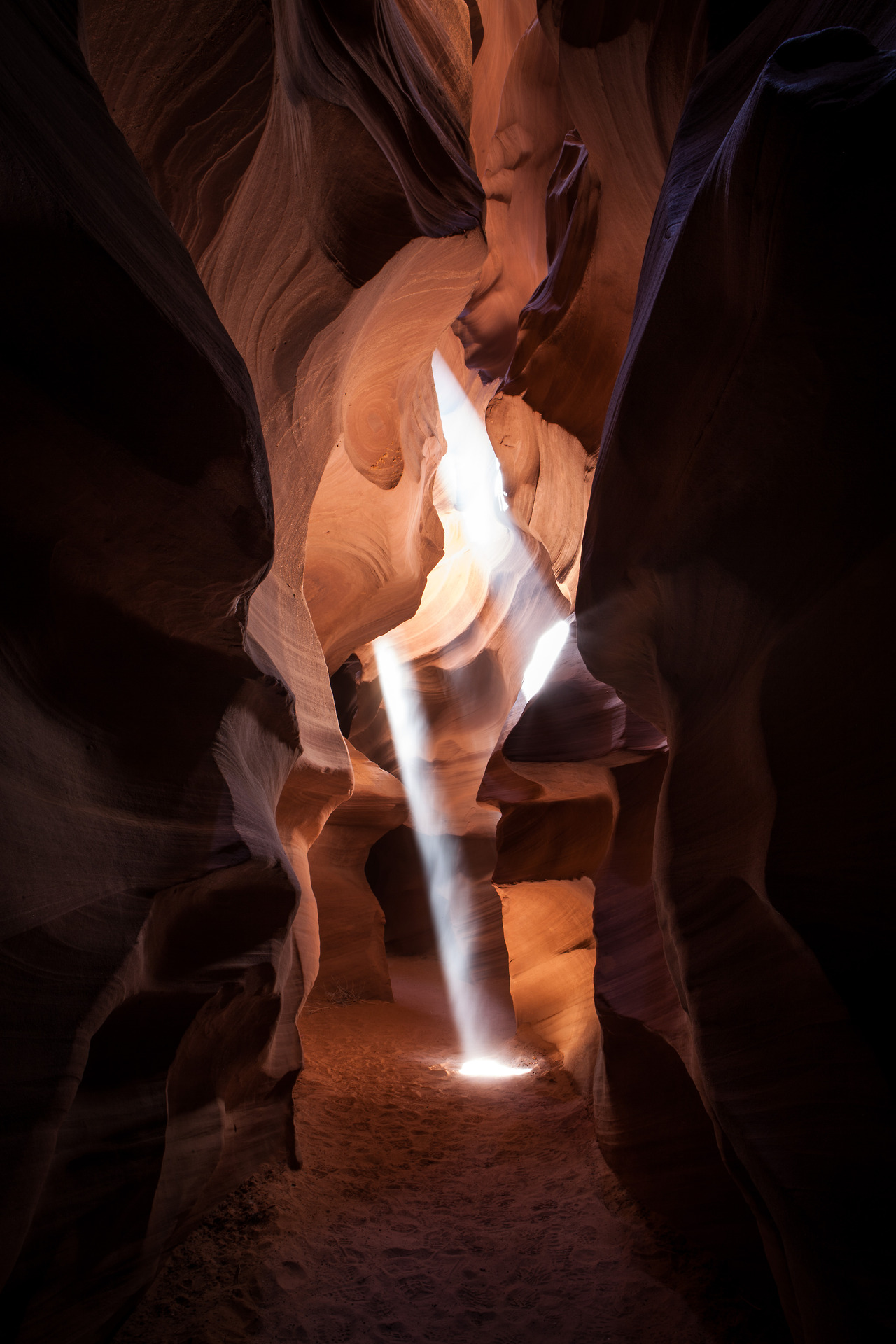After I composed the musings above, I came across Adam Horowitz’ “Toward an Infrastructure of Sacred Hospitality.” It spoke directly to my own sense of call, urgency, vision, and mission, and did so far more articulately that I ever could.
In his essay Horowitz writes that, in a recent conversation, the Buddhist teacher Venerable Pannavatti shared her deep conviction that, “God’s rolling out a new wave of communities.”
I not only agree—I know I am called to be part of that wave. This is mine to do.
Developing demonstration projects of covenantal kinship, incubating prophetic communities, and building bioregional citizenship will inevitably transform me and those around me even if we fail to manifest anything that lasts. Therefore I believe it is a highly worthwhile project to which I will gladly give myself fully, no matter the outcome. And who knows? Maybe through the fumbling efforts of my friends and I, something divinely inspired will emerge, and become a source of renewal, resilience, and resistance in northern New Mexico for generations. It could happen.
In June 2022 I had a chance to have a deep dialogue with Adam about several of his essay’s key components, which has given me a clearer sense of what is mine to do. Below, most of the words are his. I will paraphrase many of Adam’s ideas and paragraphs that I resonated with in his essay as a jumping-off point to dive deep into my own life question: What is mine to do?
—Todd Wynward
Adam Horowitz is co-founder of the U.S. Department of Arts and Culture, Nuns & Nones, and Taproot. He lives on traditional Tiwa territory, in Albuquerque, New Mexico.
Building an Infrastructure of Sacred Hospitality
Perched on the precipice of a living-dying planet, we are tasked with prophetic memory and imagination. Now is the time to pursue pathways to awaken our innate and limitless capacity to love mightily, to belong to the earth, and to tend and defend the sacred.
As fires rage, as waters run dry, as species and languages go extinct, as hundreds of millions of people face climate chaos, we must deepen our collective capacity for sacred hospitality.
Sacred hospitality means engaging in the sacred art of offering hospitality — literally opening doors, filling plates, offering hope, care, and refuge. It also means holding and hosting space for the sacred — turning our hearts toward the divine life and mystery in our midst. This world is clamoring for both. The more we practice each, the more we realize they are the same.
There’s no map for the infrastructure of sacred hospitality that already exists….Nor is there a roadmap for the infrastructure of sacred hospitality that yet yearns to emerge. Yet to imagine, embody and create the infrastructure of a different world is our “heretical” task. As we take on this sacred responsibility, we re-cast ourselves as meaning-makers who are finding our common calling as “citizens of a country that does not yet exist” (in the words of Vincent Harding), and as “prophets of a future not our own” (in the words of Fr. Ken Untener).
At this cusp moment in history, there is a vast host of us who—each in our own home places— are contributing to the DNA of a global infrastructure of sacred hospitality. Thankfully, there are innumerable mystics, culture-bearers, freedom fighters, water protectors, artists, care-givers, hearth-tenders amongst us, creating and sustaining sanctuary, dreaming into an infrastructure of sacred hospitality for these times. Along with countless others, it is our task to both uncover and create heritage worth carrying through a time of collapse.
Developing Divinely-Inspired Communities of Contrast
For those of us who have both the capacity and the calling to be bridge-builders across generations, we need to know this in our bones: social movements integrated with wisdom traditions have a special role to play right now at this kairos moment in history.
Over the next decade, humanity needs to nurture a myriad of diverse demonstration projects that offer community structures of belonging for those who are committed to showing up for the work of collective liberation and restoring right relationship. These “communities of contrast” will integrate the best of the old and the new, weaving traditional and emergent structures, ancient practices and appropriate new technologies. These communities of contrast will look like covenantal cadres, inter-spiritual orders, activist sanghas, place-based resistance and resilience movements. These kinds of communities of contrast will offer social, spiritual, and political home for any seeker who knows what time it is and feels called to another way of life.
Like religious orders, these catalytic communities will be parallel societies existing in the shadow of dominant society. They will be communities of contrast demonstrating a different way to live and breathe and have our being. To do so they will provide affirmative identities, ethical codes, formation experiences, shared spiritual practice, and shared social action. They’ll need to be rooted in solidarity economics to meet people’s material needs. They’ll require significant support and accompaniment in conflict transformation, individual and collective discernment, and shadow work.
Both Horowitz and I sense that a new kind of “post-modern monastery” is deeply needed today. He writes: Monasteries emerged during the Dark Ages as places to steward wisdom traditions amidst societal disarray. What if, in this age, we are called not to create isolated sites of contemplation and study, but, rather, communities of spirit in service — in plain sight?
He then offers some possible versions of this:
Urban monasteries, helping to nurture the moral and spiritual capacities required to grieve, serve, and live courageously amidst planetary destruction.
Houses of Belonging, offering hospitality and sanctuary for people displaced by economics, violence, and climate chaos.
Centers for Sacred Activism, dedicated to undoing cycles of harm, resisting structural evil, and repairing sacred relationships among people and the natural world, through reparations and land rematration.
Reimagined forms of “religious life” through which covenantal communities step together outside of extractive systems to steward land and water, renew wisdom traditions, and to take courageous collective action on the side of life.
Incubating a Prophetic Generation
Young people who look deeply at the interlocking crises that face us today know what time it is. They know what’s at stake. They feel in their bodies the peril encroaching on their futures. And so they look around, and rightfully ask: why should we go to school, and sit through standardized tests meant to turn us into cogs, when the house is on fire?
Their questions then spread to larger society:
Why should I go to college, when the house is on fire?
Why should I take a bullshit job, when the house is on fire?
Why should I buy into a lifestyle of extraction and consumption, when that’s what’s destroying my future, the future of all those I love, and the future of all of life?
Another set of questions inevitably follows:
And if not college, and bullshit jobs, and consumption and American individualism, what then?
The kids are ready to walk out. What will they walk in to?
What alternative infrastructures do we have set up that offer hope, belonging, renewal, resilience, and resistance?
In addition to doing everything we can to mitigate climate catastrophe — by targeting the corporations wreaking havoc on the planet, demanding government action, developing resilient bioregional food and renewable energy plans — we must also create the structures of community care, learning, spiritual growth, and meaningful work that can support a rising generation in weathering the coming storms.
We need viable, visible models of community for people who would readily give up the profit margins for the prophet margins. We need to incubate prophetic communities.
For people like me who are ready to jump into the work of establishing these communities of contrast and offering opportunities for spiritual and social formation, the questions then are these:
What training might help incubate prophets-in-the-making?
What infrastructures might we offer to keep them vibrant and supported for the long haul?
- - - - -
Richard Rohr asserts that the foundation of Jesus’ social program is non-idolatry, or the withdrawing of our enthrallment from all kingdoms except the Kingdom of God. Steeped in his lineage, I have tried to embody and spread that same gospel. In my life’s work as well as in my book “Rewilding the Way: Break Free to Follow an Untamed God,” I emphasize that unshackling from a culture of domination is the first step toward a culture of kinship.
Rohr explains that the Apostle Paul tried to create “audiovisual aids” for Jesus’ transformational social program, demonstration projects which Paul called “churches:” living, breathing examples of Jesus’ vision for a different kind of life. These “churches,” meaning “the assembled ones,” employed inclusive social systems and parallel economies that were radical alternatives that stood out starkly from the domination-based society around them.
Rohr continues: “In Paul’s thinking, we [as followers of the Way] were supposed to live inside of an alternative society, almost a utopia, and from such fullness ‘go to the world.’ Instead, we created a model whereby people live almost entirely in the world, fully invested in its attitudes toward money, war, power, and gender—and sometimes “go to church.” This doesn’t seem to be working!”
How then shall we live? And what is mine to do?
Ever since I participated in the CAC’s ‘School for Prophets’ Internship program 30 years ago, I have felt deeply drawn to manifest these demonstration projects mentioned above: communities of contrast that are living, breathing examples of Jesus’ vision for a different kind of life, hubs that incubate inclusive social systems and parallel economies.


